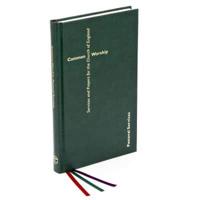Publisher's Synopsis
The first edition of this work appeared as Chapter 6 in my book, Christians and Muslims: Pressures and potential in a post-9/11 world (Leicester: Inter-Varsity Press, 2004).1 That volume represented the published version of the London Lectures in Contemporary Christianity for 2003, for which the late Rev Dr John Stott was Patron and which I delivered at the London Institute for Contemporary Christianity. The period of those 2003 lectures was especially dynamic in terms of Christian-Muslim relations, coming in the wake of the Al-Qaeda terrorist attacks on the World Trade Centre in New York and the Pentagon on September 11, 2001. The audiences for the 2003 lectures were particularly interested to pose questions on political and social issues as they relate to Christian-Muslim relations. The 9/11 terrorist attacks did not represent the beginning of the current wave of Islamic resurgence. In fact, the dynamic resurgence of Islamic identity that we are witnessing today has been underway across the world since the 1970s. This has been fuelled by rapidly increasing revenue for the Islamic world from oil income, and new or resurrected expressions of Islam have come to the fore. On the one hand, some Muslims have pushed at the boundaries of liberal thinking, seeking to bring the world of Islam into the era of human rights, the digital age and cyberspace. At the same time, rapid progress has produced a throwback mentality among some Muslims, expressed in threatening terms by fundamentalist movements, including radical groups such as the notorious Al-Qaeda, the IslamicState in Iraq and Syria and the lesser known Hizbut Tahrir. At the same time, dramatic movements of Muslim populations have led to the rise of significant Muslim minority communities hosting these various expressions of Islamic faith in Western countries. In Britain, for example, the Muslim community has grown from around 400,000 in the mid-1970s to well over 3,000,000 today. Australia has seen its Muslim minority grow during the same period from barely 20,000 to over 600,000. Similar growth has taken place in other Western countries.










